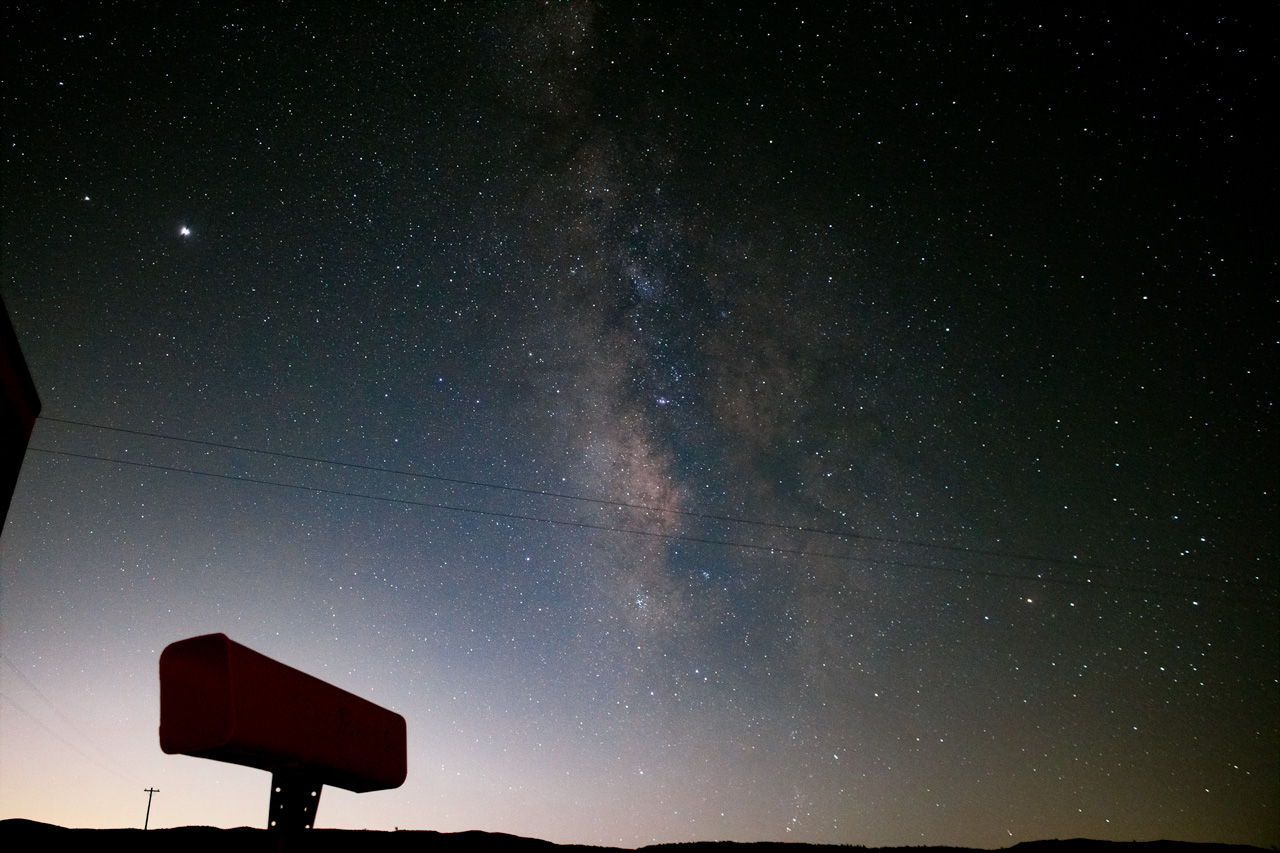
Craveology Cafe and the North Star Science Store are temporarily closed for renovation.

Some conditions are more friendly for star-gazing. Plan for stargazing on nights with a clear sky, meaning no cloud cover, along with low humidity and reduced dust. You can see stars better in the winter months, so bundle up and get ready to look up! Also, keep an eye on the moon cycle and plan your stargazing adventures for when the sky will be darkest.
Before you go outside your house to stargaze, turn off all the lights in your house. The less light pollution you have, the better you can see stars. If you have friendly neighbors, you might want to ask them to do the same while you’re searching for stars. You could even turn it into a fun event in your neighborhood.
If you’re trying to avoid light pollution, aim for late-night to early-morning stargazing. This is when the pollution is the most diminished. So, keep your schedule flexible if you can to take advantage of the best time and dates for sky-viewing.
What to look for up there
Now that you’ve found the best spot and have the equipment you need, it’s time to start looking. Starting with the easily-identified moon is ideal. Viewing the moon and its craters is best at the quarter moon to crescent phases. Let your eyes adjust to the dark, and then start looking for stars.
See if your kids can pick out points of light and look for patterns and constellations. Try to find the well-known Big Dipper/Ursa Major, or Orion the Hunter, or Taurus the Bull. Use the phone app or a star map to locate constellations, planets, the moon, and other cool stuff. Have fun learning how to use your telescope if you purchased one. Encourage your kids to talk about what they see and look for opportunities to learn.